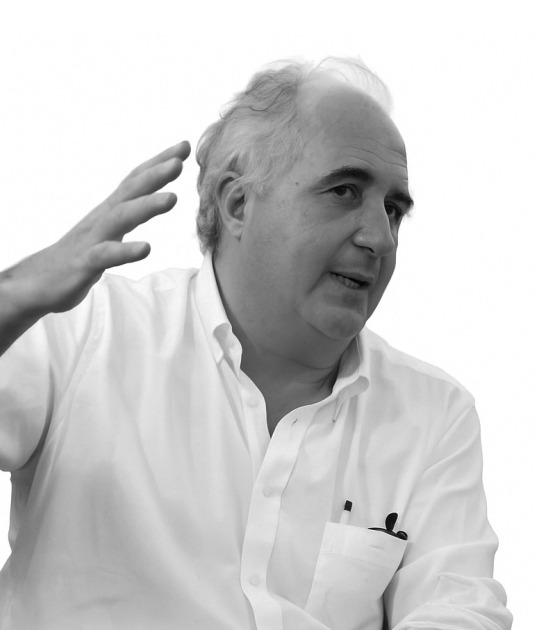Herbert Muschamp, a writer for The New York Times whose wildly original and often deeply personal reviews made him one of the most influential architecture critics of his generation, died October 2nd, 2007, in Manhattan. He was 59 and lived in Manhattan. The cause was lung cancer, according Michael Wa rd Stout, his lawyer. Muschamp's views were both ahead of their time.
He was the former architecture critic for the New Republic (1987-1992). As the architecture critic for The Times from 1992 to 2004. Herbert Muschamp made architecture a subject accessible to everyone and he seized on a moment when the repetitive battles and the heated debate between Modernists and Post-Modernists had given way to a surge of new architects and works that put architecture back in the public spotlight.
One of the most courageous and engaged voices in his field, he devoted many columns at the Times to the lack of serious new architecture in this country, and particularly in New York, even spoking out against the agenda of developers.
Muschamp often wrote about how the good architecture could be inspiring and uplifting, and he based his writing on unusual references, at the time, as film, literature, and popular culture to write pieces that were passionate and often personal, changing the landscape of architectural criticism. His openness to new talent was reflected in the architects and he championed early on the work of Frank Gehry, Rem Koolhaas, Zaha Hadid and Jean Nouvel, among others, now major figures on the world stage, to younger architects like Greg Lynn, Lindy Roy and Jesse Reiser and Nanako Umemoto.
...If the owners take my advice, they will redo the base with a stylized version of Calvin Klein billboards. A folded photomural. Black and white pictures of pouty young people. Some slashes of color for accent, perhaps. An homage to the street's unsanitized, John Rechy, Russ Meyer past. (The graphic designer Tibor Kalman would have known how to do it.)...
A Latin Jolt to the Skyline. By HERBERT MUSCHAMP OCT. 20, 2002
He also paid close attention to architects who were recognized for their theoretical writings. Muschamp seemed as interested in the ideas that pushed architecture forward as he was in the successes and failures of buildings themselves. Herbert Muschamp is the author of File Under Architecture and Man About Town: Frank Lloyd Wright in New York City.





























